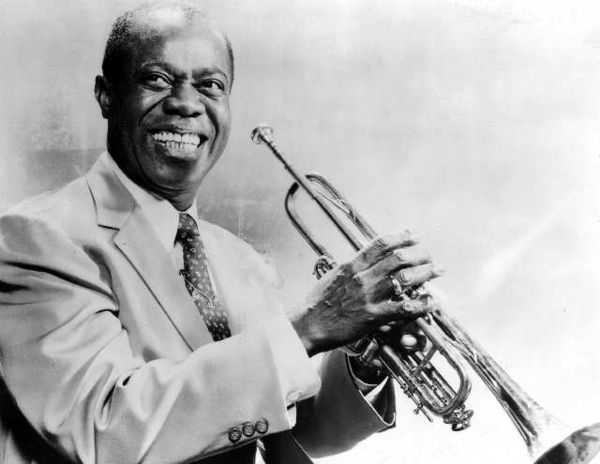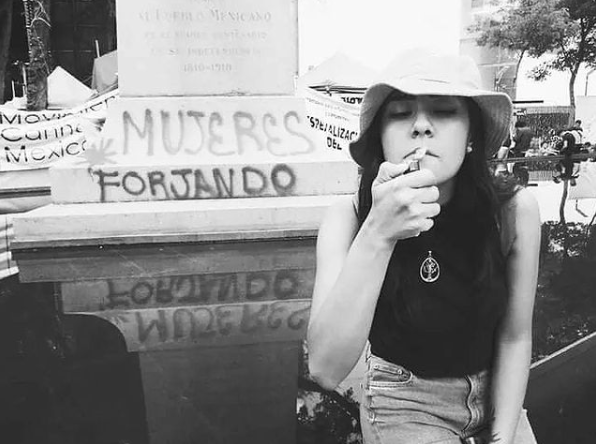Can cannabis take the credit for the creative genius and jazz icon that is Louis Armstrong? Probably not. But this powerhouse of American musical talent can take the credit for being the first celebrity to be arrested for smoking pot.
Raised in poverty in New Orleans, Armstrong was a mostly self taught musician who turned an enormous dose of natural talent into a legendary music career. Armstrong’s talent was nurtured on the streets of the Big Easy’s Storyville district with performances in everything from barbershop quartets to carnival parades. He became the band leader for a New Orleans boys’ home and his reputation spread. In all likelihood, Armstrong was introduced to cannabis during this time. He became a regular user in his mid 20s.
Louis Armstrong mostly referred to cannabis as “gage,” a popular term for marijuana among jazz musicians in the 1920a who referred to pot smokers as “vipers.”Armstrong defined vipers as “anybody from all walks of life that smoked and respected gage.” His 1928 song “Muggles” is definitely influenced by the leaf with “muggles” being a popular musician’s term for cannabis in the 1920s. The instrumental piece is considered by jazz enthusiasts as one of Armstrong’s most important works.
From early in his career, Armstrong smoked pot before performances and before recording sessions. He worked in New Orleans until asked to play second horn to legendary musician Joe Oliver. Armstrong became a fixture of the Chicago Cotton Club, spending the 1920s in the north playing with bands from both Chicago and New York. In the 1930s he moved to California and began working in the Los Angeles Cotton Club.
It was while on a break at the LA Cotton Club in November 1930 that Armstrong, along with drummer Vic Berton, was arrested for smoking a joint outside the club. The two men went to jail reportedly very high, laughing the night away. They were sentenced to six months jail time and $1000 each in fines. The higher ups in the world of jazz managed to get the sentences suspended. By all accounts, Armstrong went straight back to smoking gage.
Armstrong spent the jazz revival of the 1940s in Queens, New York and began a 300 gig a year period in his career. As the big band era drew to a close, Armstrong moved into the world of record recording and movies. He made the cover of Time Magazine in 1949. And throughout this illustrious career, Armstrong averaged three large blunts a day.
In a letter to his manager Joe Glaser in 1954, after the arrest of his wife Lucille for carrying what everyone assumes was Armstrong’s stash, Armstrong writes that cannabis “aint’ nothing but medicine.” An early advocate of marijuana, Armstrong tells Glaser that he “don't intend to ever stop smoking it, not as long as it grows. And there is no one on this earth that can ever stop it all from growing. No one but Jesus–and he wouldn't dare. Because he feels the same way that I do about it."
The man who produced such timeless works as “It’s a Wonderful World” and “Mack the Knife” was a lifelong cannabis user. Although Armstrong’s “fields of green” may have referenced a different kind of grass than first thought, his talent is undeniable. He smoked marijuana until his death in 1971.
Armstrong was more than just the first celebrity arrested for smoking pot. Louis Armstrong was the first musician to show that creativity and raw talent are not hindered by daily marijuana use. In fact, as his celebrated career shows, Armstrong’s kind of medicine may actually have enhanced it.











